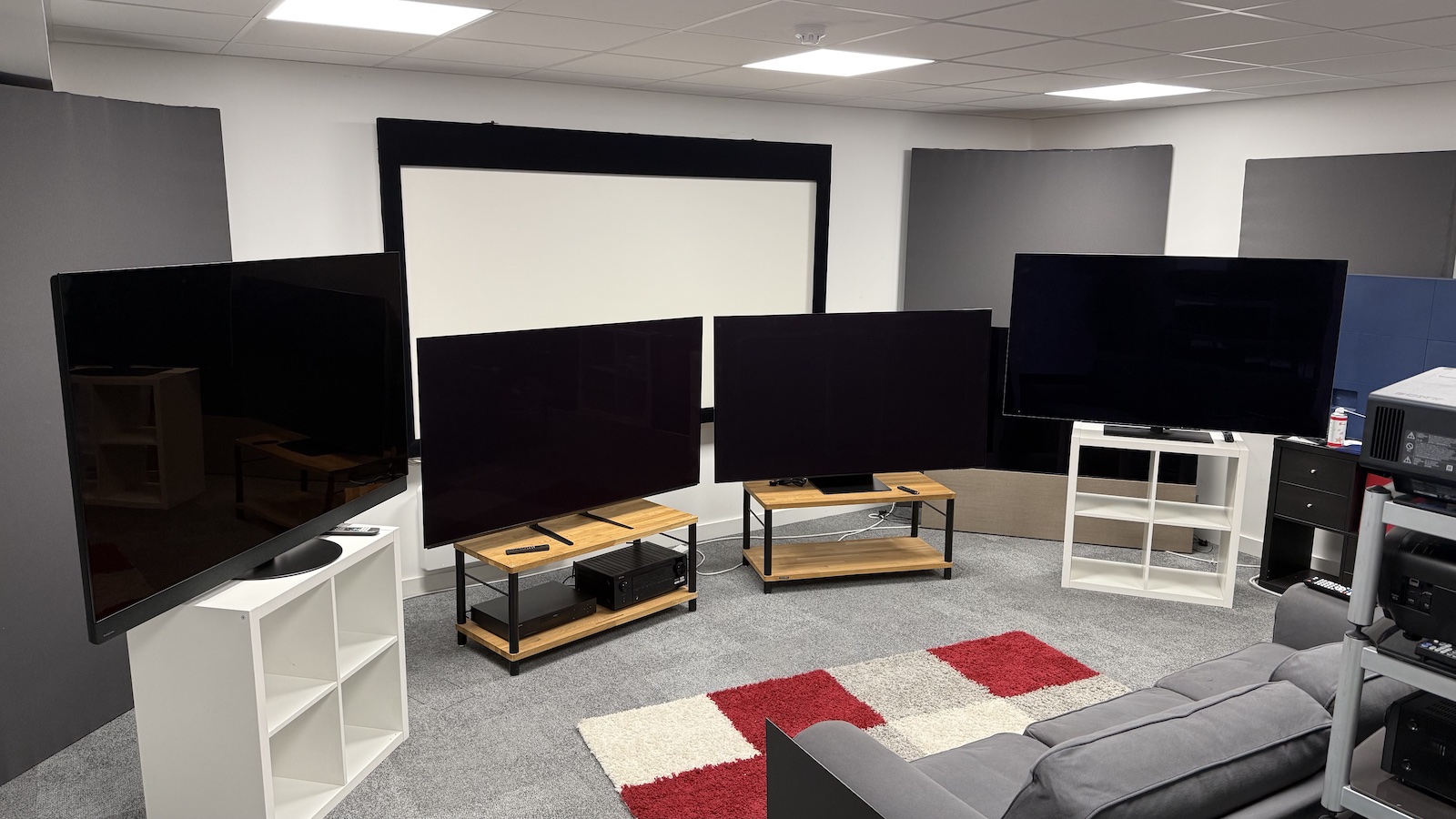
Hello. My name is Ced and I am an addict. I crave entertainment and must spend at least two to three hours a day hooked up to the TV, or else I get restless. For an impatient individual like myself, streaming services are the ideal enablers. Their vast libraries and instant gratification make for a potent cocktail, with the cherry on top being the concerted push towards 4K Ultra HD.
But for all their benefits, streaming services are beset by technical and practical sacrifices that make them – in the grand pursuit of cinematic nirvana – insufficient. Admittedly, the arrival of 4K provided a convincing argument for streaming. I want to watch video in 4K, and there was no alternative to the likes of Netflix and Amazon Video.
That was until last week, when I spent a few days locked in a room with 4K Ultra HD Blu-rays. Forget streaming, because if you want to watch 4K, UHD Blu-ray is the way to go.
Now, I believe in streaming services. I have no doubt that someday they will take over video consumption entirely. We’re quite far off that day, however, and one thing 4K Blu-ray makes abundantly clear, is that physical discs still absolutely have their place.
MORE: Ultra HD Blu-ray - everything you need to know
The key reason is video quality. UHD Blu-rays look better, plain and simple. They boast significantly higher bitrates and lower compression. Even at its best (4K resolution, over a high-speed, stable connection) Netflix does not offer the clarity, definition, solidity and subtlety offered by UHD Blu-ray.
Then there’s the matter of HDR (high dynamic range). It is a standard specification of Ultra HD Blu-ray. Its greater peak brightness, stronger contrast and wider colour gamut make the picture significantly more lifelike than anything on streaming. Sure, you can stream HDR content too, but there’s not much of it. Amazon Video offers a little, and what we’ve seen does not compare to the sort of dynamism and subtlety witnessed on 4K Blu-ray.
The latest hi-fi, home cinema and tech news, reviews, buying advice and deals, direct to your inbox.
MORE: HDR TV: What is it? How can you get it?
Then there’s the matter of sound quality. The best we’ve seen from streaming services is Dolby Digital Plus, which supports compressed 7.1 audio. UHD Blu-rays, meanwhile, have Dolby Atmos in their specification. And if you don’t have a Dolby Atmos system, how about Dolby TrueHD 7.1?
Bear in mind that I’ve been talking about streaming under the best conditions. All of this is moot when factoring in the massive variable that is the internet. It is simply unrealistic to expect everybody to have the necessary streaming facilities any time soon.
Netflix 4K, for instance, requires a minimum of 15mbps. Well, my broadband struggles to reach 7mbps. I can just about get HD quality, as long as I run around the flat turning off everything that uses the wi-fi. And then there’s the issue of bandwidth caps, dictated by internet providers.
What Hi-Fi? HQ has high-speed internet, which gives me all the 4K streaming I can ask for. But even that isn’t immune to the odd glitch, at which point the experience drops. With apologies to William Congreve: "Heaven has no rage like stream to buffer turned." Ultra HD Blu-ray meanwhile provides a robust system that performs to a set standard, consistently, regardless of external factors. It doesn’t matter how windy it is outside or how many people are online. You just have to look after your discs and avoid kicking the box off its perch.
MORE: Dolby Atmos: What is it? How can you get it?
Technical elements aside, there are of course plenty of other reasons to stick with the physical. I can collect discs. I enjoy it. Plenty of people like building collections of something tangible, especially if it comes with special editions, bonus content or directors’ cuts.
Contrast that with the cold reality of streaming: you are momentarily borrowing the vanilla version of something. Then it disappears when a catalogue is updated every few months, or when distribution rights expire. And don’t get me started on studio exclusive deals, which means some content will never appear on the service you’re currently paying for.
Of course, lest we forget in our excitement, streaming is a far, far (far) cheaper hobby. The cost of the player is one thing, the cost of the discs quite another.
But for me, it's worth it, because Ultra HD Blu-ray discs unequivocally beat streaming when it comes to the 4K viewing experience. I just can't argue with the superior performance and reliability (and the chance to feed my penchant for collecting things).
I get it, streaming is mighty convenient - and history has shown that convenience will trump quality for many, many people. So yes, mainstream adoption of UHD Blu-rays will no doubt be slow, if it happens at all. But for those who want more than a quick fix, for those who still want a high quality experience, Ultra HD Blu-ray is the good stuff. It seems I have a new addiction.

Joe is the Content Director for What Hi-Fi? and Future’s Product Testing, having previously been the Global Editor-in-Chief of What Hi-Fi?. He has worked on What Hi-Fi? across the print magazine and website for almost 20 years, writing news, reviews and features on everything from turntables to TVs, headphones to hi-fi separates. He has covered product launch events across the world, from Apple to Technics, Sony and Samsung; reported from CES, the Bristol Show, and Munich High End for many years; and written for sites such as the BBC, Stuff and The Guardian. In his spare time, he enjoys expanding his vinyl collection and cycling (not at the same time).
